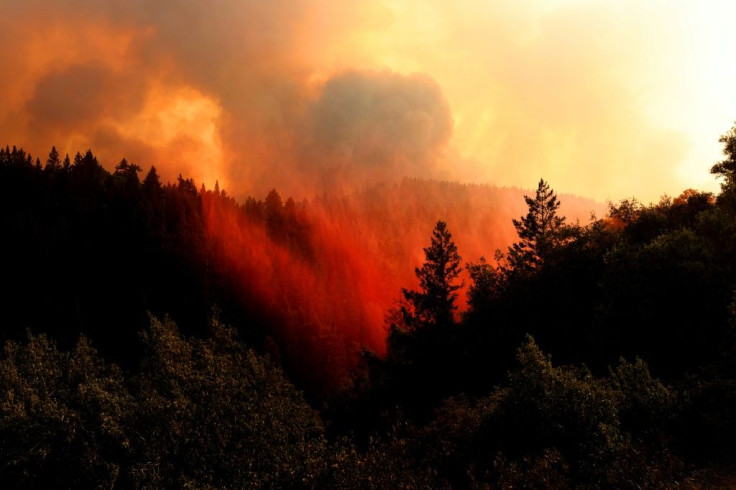Northern California Residents Defending Their Homes Against Wildfires
KEY POINTS
- Some residents in northern California have ignored evacuation orders to remain home and fight back encroaching fires themselves
- Organized efforts have involved regular patrols, supply runs, and fitting hoses to accessible water sources in neighborhoods
- Cal Fire officials have warned residents this is not advisable due to the potential legal and physical risks this presents
Progress containing the three biggest wildfires in northern California has begun to slow as the blazes continue to spread, thinning the crews fighting them. As a result, many residents who ignored orders to evacuate are organizing to try to put out fires threatening their homes themselves.
“People are frustrated with the lack of resources available,” former Cal Fire Director Ken Pilmott told the Associated Press. “People are always going to try to sneak back in, but it sounds like this is growing to a new level. I haven’t seen people re-engage to this scale, particularly with the level of organization.”
One example of this cooperation has been in Santa Cruz, where residents have formed nightly patrols, made regular supply runs, and retrofitted hoses to any accessible water sources to ensure everyone is ready should the fires begin encroaching.
“We got a gas-operated pump, like the kind you operate to drain a pool,” resident Jaimi Jansen said. “One end goes into a well or pool, and we used that to put out spot fires.”
However, the California Department of Forestry and Fire Protection has warned residents their actions are illegal, potentially life threatening, and could interfere with official crews trying to contain the fires.
As of Friday, the two biggest fires in the state have burned through over 820,000 acres of land.
The LNU Lightning Complex Fire has burned through 371,249 acres of land as only 31% of the fire has been contained. It has also been the most destructive of the three biggest fires with five deaths, four injuries, and over 1,350 structures damaged or destroyed.
The SCU Lightning Complex Fire is the biggest of the three fires with 372,971 acres burned after crews contained 35% of the fire. By contrast, it has been the least destructive of the three fires with 57 structures destroyed or damaged and five injuries reported.
The CZU Lightning Complex Fire remains the smallest of the three fires with 82,540 acres burned and 26% of the fire contained. The fire has destroyed or damaged 651 structures and at least one death has been confirmed.

© Copyright IBTimes 2024. All rights reserved.





















